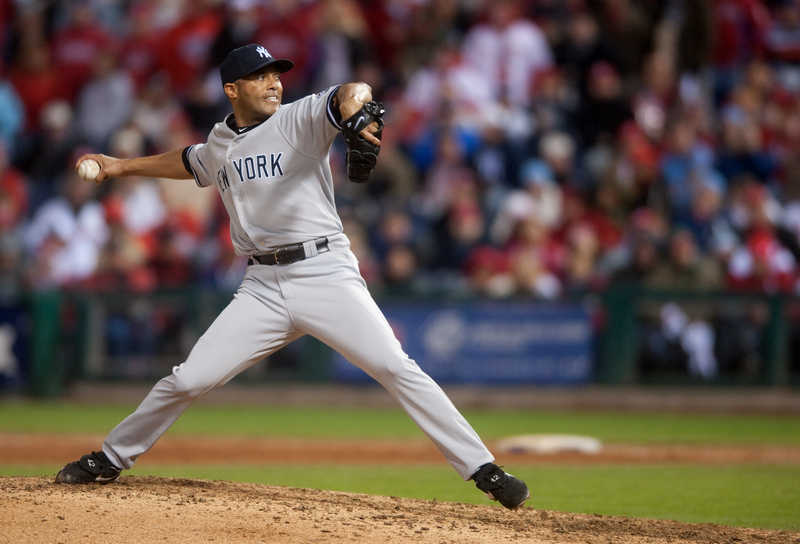Last updated on October 25th, 2023 at 07:42 pm
A cutter or cut fastball is a baseball pitch that deviates towards the pitchers’ glove hand when they release the ball.
For example, a right-handed pitcher throwing the cutter will have the ball break inside to left-hand hitters. Similarly, throwing a cutter to a right-hand hitter will break away from them, which looks like a strike to the batter until the last second.
The effectiveness of a cut fastball is the late break or deviation that the ball takes as it arrives at home plate. When batters are unable to square up the ball with the barrel of the bate, they may miss and or break their wooden bat when making contact with the ball.
How to Grip / Throw a Cutter Pitch
The cutter grip that big league pitchers use is having their index and middle finger close together over baseball’s seams. Next, the ring finger will rest on the baseball seam while the thumb is underneath the index finger and middle finger. Finally, throwing the pitch requires a consistent delivery with the pitcher’s arm, which helps deceive hitters since the late movement could look like a traditional four-seam fastball that might end up in the strike zone or slightly end up a bit outside.
How Similar is the Pitch to Other Pitches?
A cutter is a mix between a fastball and a slider. The cut pitch is similar in the break to a slider, but the angle is more level upon release, unlike a slider. For example, a slider will be slower than a cutter but will drop more in angle. Whereas a fastball is similar in speed to a cutter, the cutter break goes towards the pitcher’s glove side, unlike a fastball staying straight. If a pitcher throws a two-seam fastball, the break will go towards the pitcher’s throwing arm, which is opposite of the cutter.
The Best Cutter Pitchers in Baseball History
Ask anyone in baseball who had or has the best cutter, and they will say Mariano Rivera. When Mariano Rivera entered his final season in 2013, teams would give him gifts in acknowledgment of an incredible year. The Minnesota Twins, for example, made Rivera a wooden rocking chair made out of broken bats in reference to the 724 bats he broke, according to ESPN.
Why Did Rivera Break So Many Bats with the Cutter?
Rivera was a righty, so his cut fastball would move into lefty hitters as it arrived at home plate. Unlike a traditional four-seamer that would stay straight to hitters, the cutter would have late movement as it goes to home plate. With the late movement (like a breaking ball), batters would be unable to square the bat to the ball and make contact closer to where their hands were holding the bat. When you make contact with the ball in that type of spot on the bat, you generally will break it since it’s the weakest part of the bat.
Similar Posts
What is a Quality Start in Baseball?
What Does a Bench Coach in Baseball Do?
What Does Bush League Mean in Baseball?
Greg Kristan, owner of The Stadium Reviews, LLC and TM Blast, LLC, brings his extensive experience visiting over half of the MLB ballparks, along with numerous MLS, NHL, NBA, and NFL venues, to provide in-depth coverage on the bag policy, food options, and parking. He has also been interviewed about his experiences on several sports podcasts.


